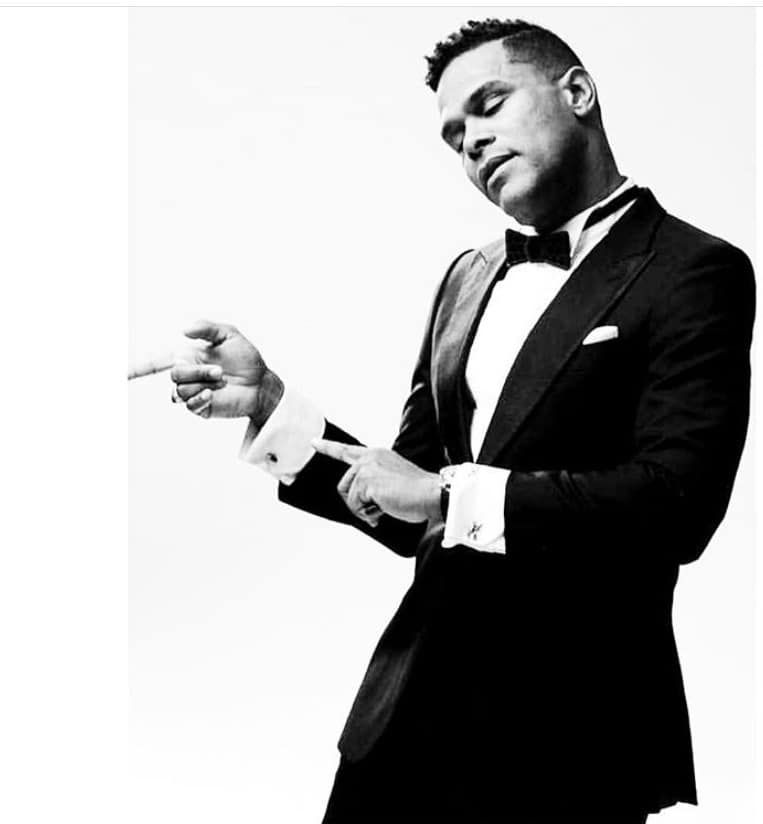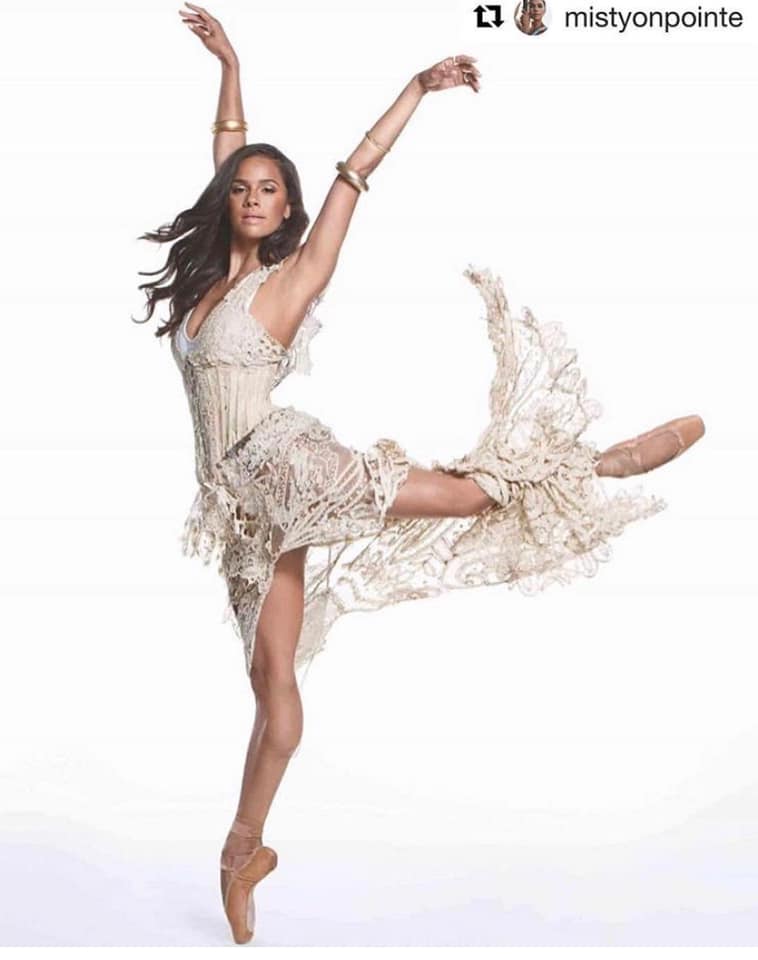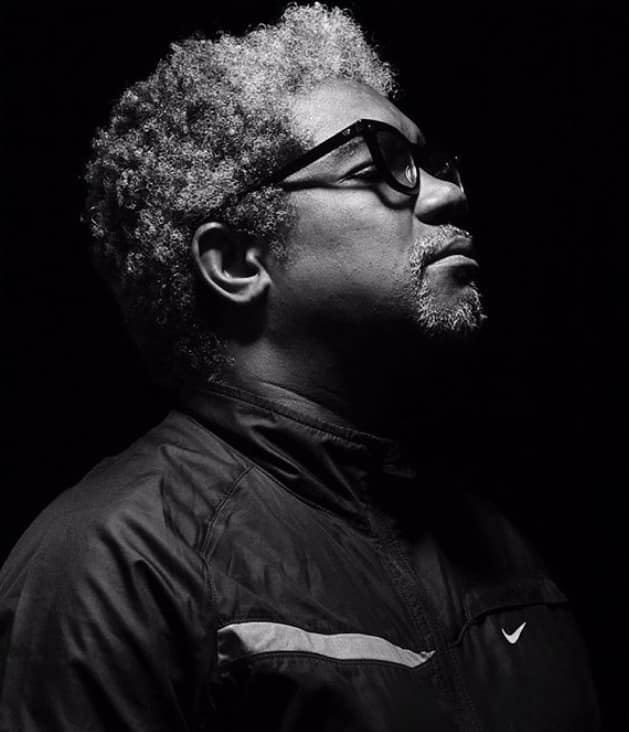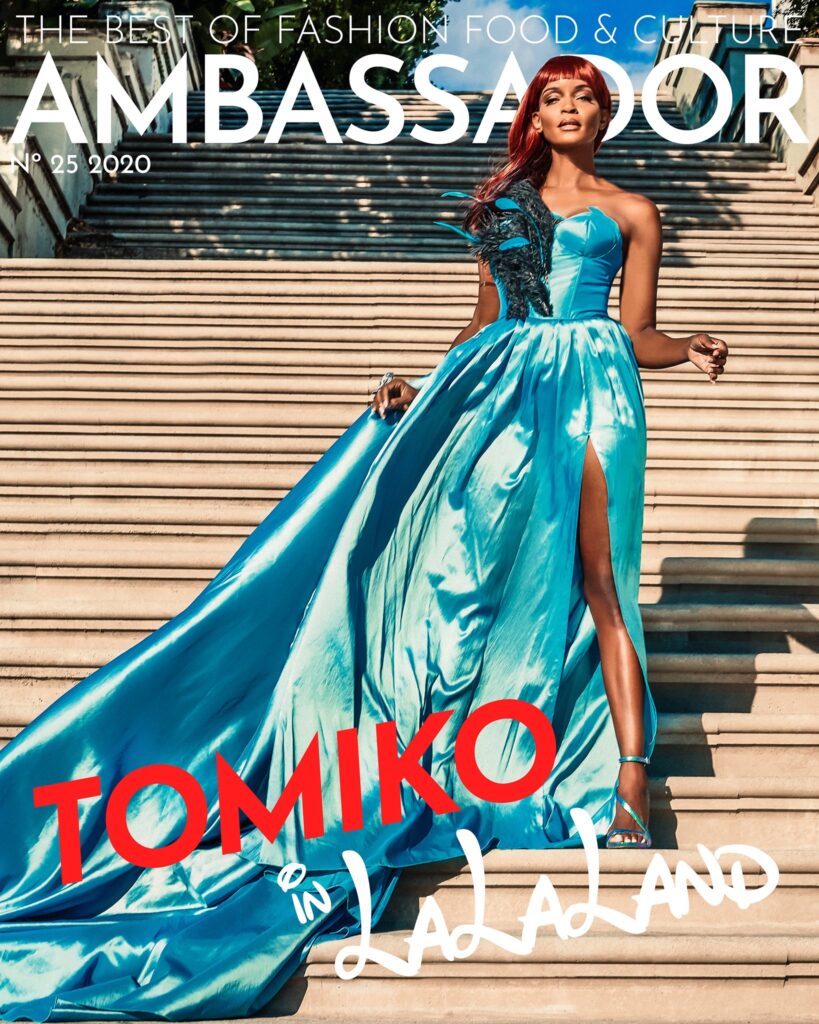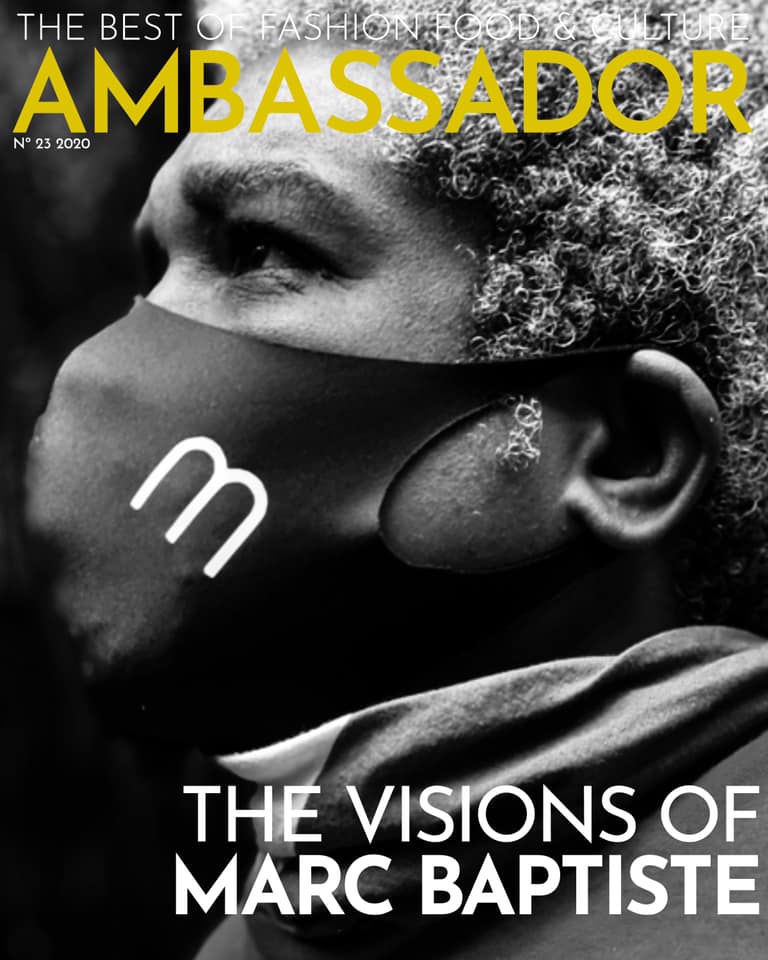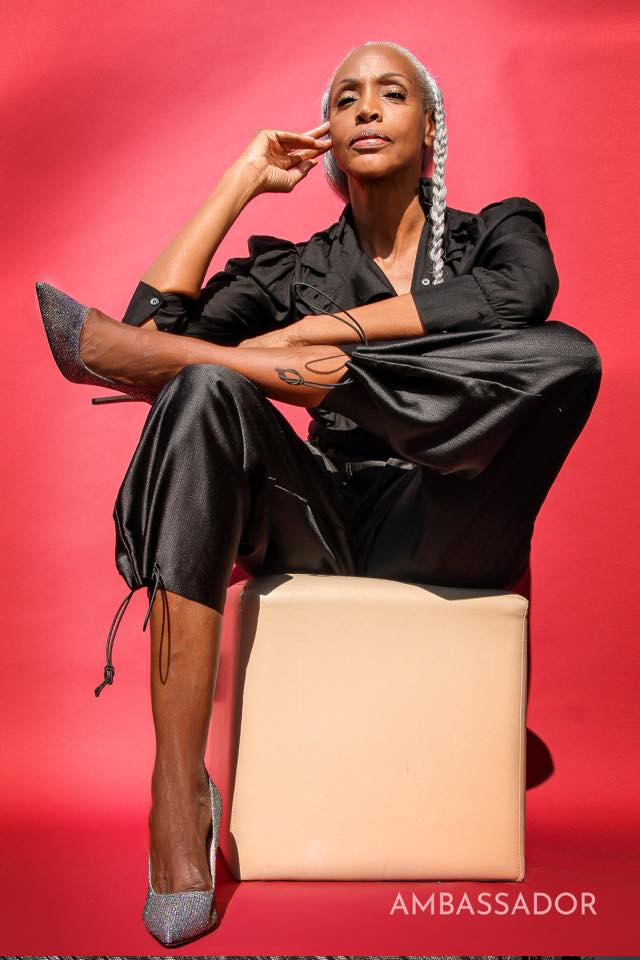Ambassador Digital Magazine Editor In Chief Musa Jackson, @iammusajackson has an in-depth Q. & A. with long time friend iconic fashion photographer MARC BAPTISTE, a proud Haitian born fashion photographer who has photographed some of the most influential people in world such as Shakira, Sofia Vergara , Beyoncé , Erykah Badu, L.L. Cool J, PRINCE, Samuel L. Jackson, Spike Lee, Mary J. Blige, Gabriel Union, Nia Long, Lauryn Hill, Elizabeth Hurley, Fiona Apple, Heidi Klimt, Misty Copeland, Kobe Bryant, Former First Lady Michelle Obama and President Barack Obama for magazines; Vibe, Cosmopolitan, Spirit & Flesh, L.A. Confidential, Elle, Ebony and Ambassador Digital Magazine to name a few.
We will discuss his amazing career, the stories behind some of his famous subjects and the state of Black fashion photographers today.
Q. Let’s go back to the beginning. Where are you from?
A. I was born in Port Au Prince, Haiti. March 19, 1963. I left Haiti when I was 10 years old.
Q. Do you remember what it was like?
A. Haiti calls me in my dreams. Even though I left Haiti when I was super young. I was 10 and most kids don’t really remember. Only a gifted few. I do remember Junior High School and High School. But it’s the people never let you forget. I have a thick accent. I was one hundred percent proud Haitian and I didn’t care. I had to learn English from watching soap operas. ( laughs) Yeah, man. I went back to Haiti in 1997. And I never left. I’d go back from time to time. Documenting Haiti. Take my Mom, take my Dad. Document where they come from. Because when you leave so young a lot of things you don’t know.
Q. Where did you settle when you got to America?
A. I remember the smell when I first landed in JFK. I was wearing a beige suit and a white shirt. I remember because it was so cold. So cold. I was like what the hell is this. I was happy because I hadn’t seen my Mom in years. She moved to the states before I did. So did my Dad. It was in November and I remember when I got to the house I was staying in, the smell of the heat. It was one of those leaky radiators. You remember in those old building. I’m a visual and a smell guy.
Q. Were you always into art?
A. I was always painting. Even at a young age my caretaker would say, “Give Marc a piece of paper he’ll make you a drawing.” I was raised by five different women. That’s why I appreciate women. My mom had to come to the states to make a living for us. I was in Haiti growing up as a child, I was surrounded by some amazing women that raised me from the age of nine, ten. So I was surrounded by this energy that was very nurturing.
Q. So when did you pick up photography?
A. I picked up photography in the ninth grade. I graduated from Joan of Arc Junior High School on 93rd street and Amsterdam Avenue. We moved to Manhattan for a brief moment with my Mom and my Dad. We moved back to Brooklyn. Then in ninth grade I picked up photography. I walked into the first day of class and I remember my teachers name Mrs. Donowitz. The moment I walked into that photography class I knew that’s where I wanted to be.
Q. Did you have any photographers who influenced you at that time?
A. At the time I was just trying to get my assignment done. Mrs. Donowitz was very strict. I didn’t have a camera in the beginning of the semester. I begged my grandmother to buy me a camera. I asked her for an early Christmas present. She gave me some money to pick up my first camera. It was a Minolta K 1000. And in those days it was film of course. I used to love to spend hours and hours in the dark room. Even after school I would go back into the darkroom. I was helping everyone else with their printing that’s how I got really good at it. By the time I was in college I had an allergy I couldn’t take the smell then my hands would change colors. Especially my fingernails. The doctor said I was allergic to the chemicals used to develop the prints. So I had to slow down on that. Upon graduation from college in 1990 I got a job as an assistant to this Italian photographer. I worked with him for about a year then I followed a friend to Paris to do the collections. There I was introduced to the great Black designer Patrick Kelly, and all the top Black girls. Mounia, Coco Mitchell, Debra Shaw. All the sistahs looked after me. I would shoot them, especially Coco. They would take me backstage at the fashion shows.
I started shooting backstage and I met an amazing man who would shape me at the beginning my career, his name was Bill Cunningham. I would be next to him every season. I came back ‘91, ‘92. I’d be at the back of the runway. Then in ‘93 I was at Gallerie Lafayette shooting a Jean Paul Gaultier show, one of those models got me in. I was just snapping away and someone said Details Magazine wants to talk to you. They were huge in New York. Ann Flanders, who owned the magazine asked me to come meet her. But first she asked me if I had film in the camera. I was like of course I have film in the camera. She was like you have to much fun. I took a picture of pop culture personality Diane Brill as she came off the runway. Ann said she was interested in buying the picture. That was the first time anyone straight up asked to buy my work. But she wanted to see if I actually captured that image. She was like this is the lab we use, this is the account number and I’m going send you a moped to go to lab. You tell them at the lab it’s from Detail Magazine. I did that and sure enough there’s the contact sheet. I brought the contact sheet back to her hotel and she was like, “Omigod you have it.” She marked off a few images then asked me what other shows I was doing. I told her I was doing Thierry Mugler at night. She said she would be there. I told her I believe Diane Brill was doing that show too. Too make a long story short she said when I got back to New York she wanted to introduce me to their art director.
I get back to New York I have a meeting with Stephen Gan, who used to be the art director. He was like we like your vibe, you make everybody feel good, the models love you. So they wind up buying my pictures. It was back in Paris, that I found out Bill Cunningham was also shooting for Detail. Cunningham was like Marc you have too much energy for this, I think you should take the clothes in the street, in the studio and create your own images.
Q. Is that when you went out on your own?
A. Yes. I asked him what do you do? He said you get a portfolio, and then get the clothes, get the stylists, you got all the models. Sure enough I called models Coco Mitchell and Lu Sierra. I would shoot them all the time. I’d go to Patrick Kelly get clothes and slowly I started doing editorial. I met Tyra Banks in Paris when she did her first cover for Elle Magazine. She was part of the Black girl crew. Then Essence hired me to go shoot a cover with Tyra Banks. And the rest is history.
Q. What was the first major celebrity you shot?
A. The first major celebrity was Diana Ross. She was no drama. Very diva but the only thing she requested was a seven foot mirror be behind me. She hired a make up artist but wind up doing her own makeup. The makeup artist didn’t have her foundation base. Ms. Ross said to him, “You need to go to the supermarket and get me my Fashion Fair.” ( laughs) Then she closed the dressing room door and did her own face. She was on time, no bodyguard. I expected something over the top. All the young celebrities were always over the top. But Diana Ross, the ultimate diva wasn’t.
Q. What was it like working with Kobe Bryant?
A. I shot Kobe for the cover of LA Confidential. What an amazing guy. Amazing, amazing. He spoke three languages, super talented. So giving and cordial. We were only supposed to shoot for four hours, but we winded up shooting for like six hours. He came in by himself, he was very cool, very open to do whatever. We did an amazing cover. Let’s put it this way, gone to soon. He was unbelievable, when my assistant called and told me. It was devastating for me because I know he left some beautiful children and his own daughter too. That was hurtful.
Q. And the kid from Haiti would grow up to photograph the President and First Lady. What was it like working with The Obamas?
A. Michelle and Barack! Barack Hussein Obama. Yeah I said it. Michelle is so tall. She said to President Barack. “Hey, Barack there’s that crazy Photographer I was telling you about. He sweats a lot.” ( laughs) I remember when Barack shook my hand. He’s got big hands. That’s why he’s good with the basketball. She was so classy. Mrs. Obama is beautiful. Great smile, so giving with her time. Amazing. And I shot Barack in seven minutes. That’s all I got. Michelle said, “He normally only gives you five minutes. Count yourself lucky he gave you seven.” ( laughs) I was like all I need is two minutes, baby. I got you. When I was in the Oval Office, I couldn’t believe it. This kid from Haiti was in the Oval Office with the leader of the world President Barack Obama. I was like, “No way.” Pinch me.
Q. What is your thoughts today on the fashion industry and it’s inclusion of Black photographers?
A. It’s very political these days. The fashion industry changed a lot. Due to Covid 19 the industry as we know is dead. Inclusion, yeah they’re pushing Black models which is great. Any advantage is good.
Q. Aren’t they are also using more Black photographers too?
A. They are. But they pick and choose who they want to. But there also a lot more Black women shooting which is amazing. Because they deserve it, It’s a wave but I hope it continues. We’re in this together. Everybody need to work, everybody need to do their thing. The gate is open and I think all the major editors and art directors and Editor In Chief are open to it. There’s Black models, Black designers, Black Hair and makeup artists, make or female. Straight or gay or others you know what I mean? We are all in this together. Just to be politically correct and push one gender, you know we all gotta eat. ( laughs) The power is in all of us. Black, White, Spanish, Asian, or Haitian. It doesn’t matter as long as you’re talented you should be allowed. The only thing I’m worried about is mediocrity seeping into the work. It’s not photography anymore it’s who you know. Technology changes first of all and their a lot of lax in technique and composition and lighting and personality period.
Q. What’s happening now with Marc Baptiste? What are you working on?
A. Marc Baptiste is evolving. Thank God. Change with the times. Digital technology is not going anywhere. I shoot a little on film for my personal projects. I’m moving more into documentary film and feature film down the line. You know I’m open to evolving, to create and keep life moving into the next thing. I don’t slow down I keep working even though I don’t always get paid assignments I create my own stuff. I’m working on multiple books. But due to Covid we have to slow down everything. Loosing people due to this virus is devastating, I don’t think the world can ever go back to the norm. Hopefully making for a better world. More inclusive. Love each other and also work together. Get rid of the hate, get rid of the animosity. I don’t get into the political, but we’re all here for a reason, a purpose. It’s okay to love yourself. It’s okay to love each other to move forward because we’re all in this together.
Q. What advice would you give to aspiring photographers just starting out in this age?
A. (Laughs and sighs) It’s tough. I don’t want to discourage anyone. But my dear friend my big brother Freddie Leiba would say, “Just keep on shooting.” Freddie is an inspiration to me. To have a forty plus career and still going that’s my goal. To achieve and beyond. Don’t give up, keep your head up. There will people that like your work, and people that don’t like your work. The key is to stay busy. I plan to stay busy. To any young photographer our there know your craft, know your lighting, composition. Don’t get lazy. Even though the Industry does change you can still make a decent living on your photography work. And collaborate with people and bring each other up. Even though you want to shoot places but you can’t because of this virus. Just do your best and prepare, wear your mask, gloves, wash your hands, get tested, put a visor on but just keep shooting. It’s art! Even though no one may be hiring you do it for yourself. The internet is not so kind. You’re going to get good reviews, you’re going to get bad reviews. The key is don’t take it personal. Everybody is entitled to their opinion. Be mindful. Remember love is stronger than hate.


